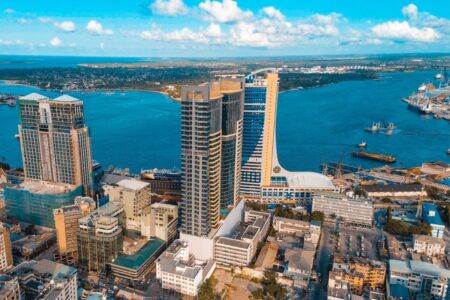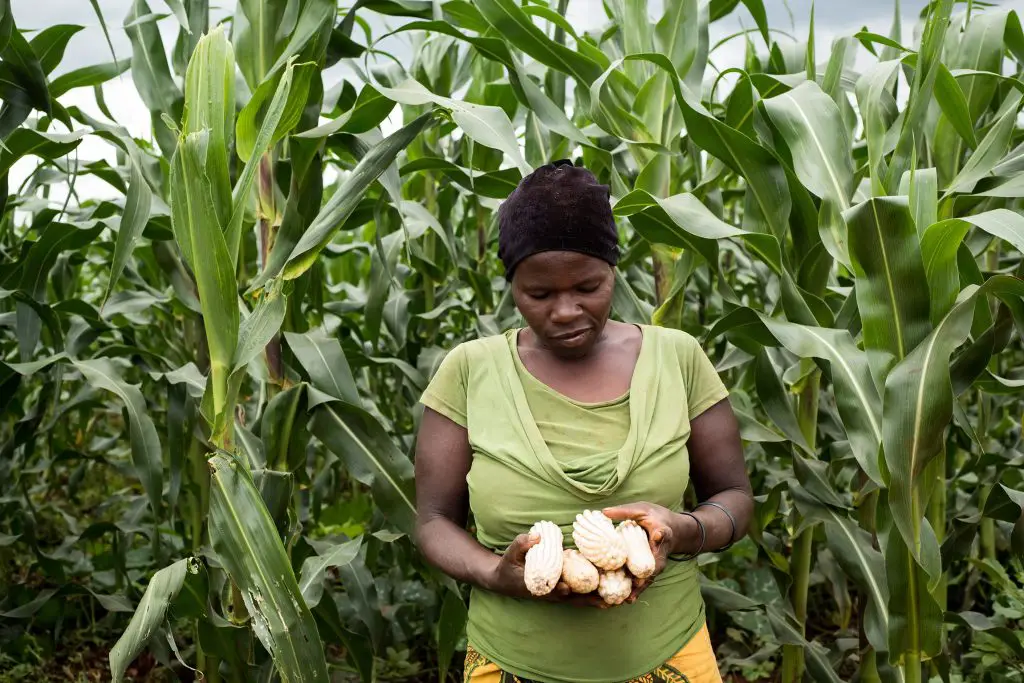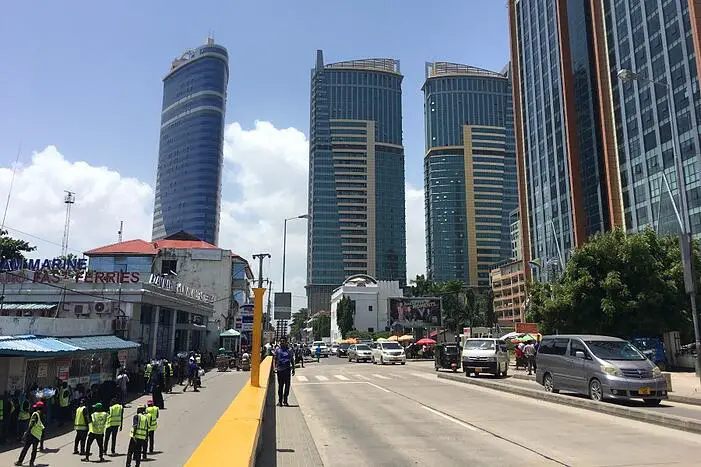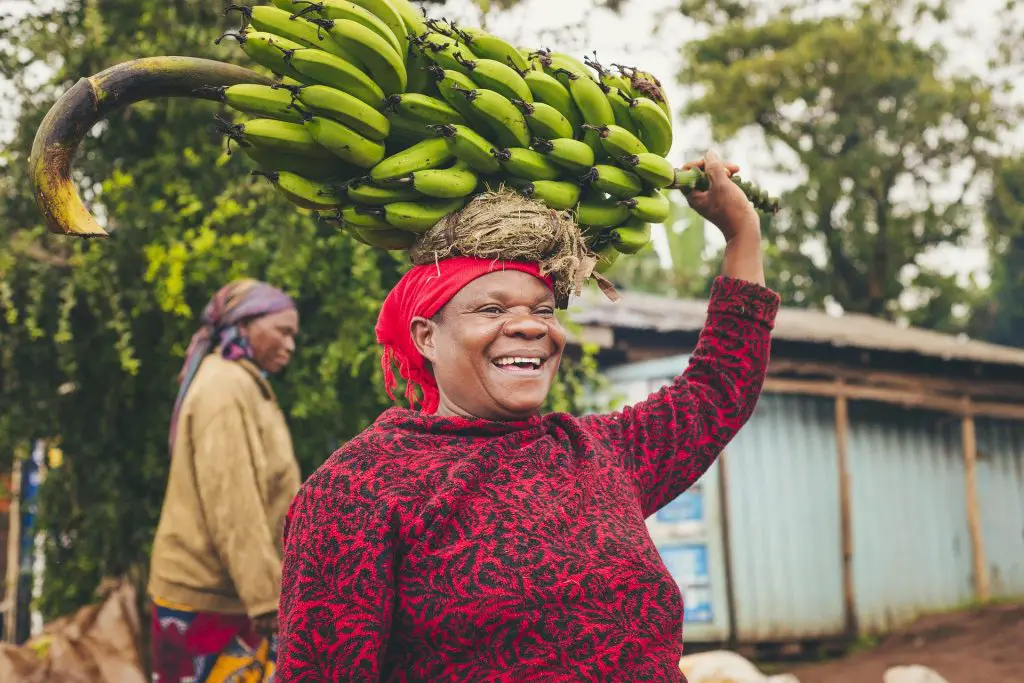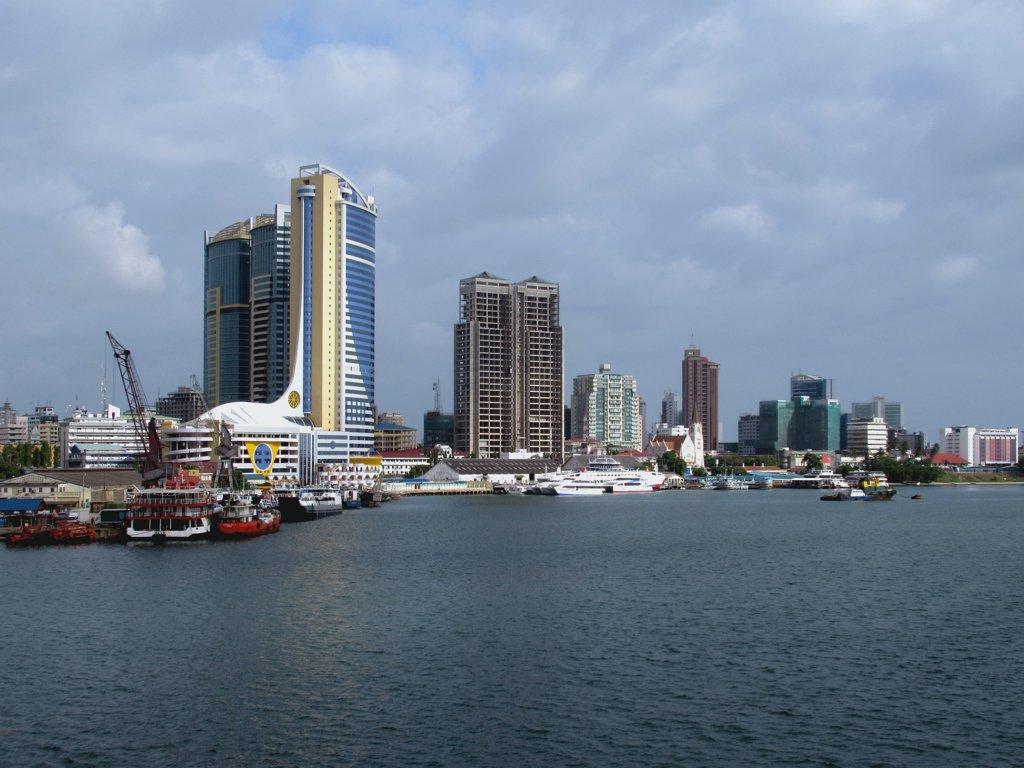- Africa’s new dawn: the rising role of digital and AI in agriculture
- Can Dangote Refinery Transform Africa Energy Ambition
- Gallup Survey: 80 per cent of Kenyan Workers Are Disengaged and Seek New Opportunities
- Madagascar Man Freed from 5KG Tumor After 15-Year Struggle
- How women in Africa are perceived and treated
- Sugar consumption in Kenya to Increase to 1.23 Million Tonnes
- Can Somalia and Turkey Oil deal Bring Change in Somaliland
- Remittances to Kenya dropped to $371.6 million in June, marking a six month low
Browsing: Central Bank of Tanzania
- Tanzania’s economic reform program is progressing well in a challenging global economic environment and the authorities remain committed to IMF’s loan plan.
- Ongoing reforms in the country touch on strengthening the economic recovery, preserving macroeconomic stability, and supporting structural reforms toward sustainable and inclusive growth.
- Tanzania’s three-year Extended Credit Facility Arrangement for total access of about $1,046.4 million at the time of program approval received the greenlight on July 18, 2022
The International Monetary Fund (IMF) has given Tanzania’s economy a shot in the arm by furnishing the country with $153 million loan, bringing to around $304.7 million, the amount received so far under the lender’s extended credit arrangement struck in July last year.
The loan will be channeled towards economic recovery, preserving macro-financial stability, and promoting sustainable and inclusive growth.
IMF argued that reforms centre on strengthening fiscal space to allow for much-needed social spending and high-yield public investment, …
Tanzania is building irrigation schemes for rice production and encourages efficient use of fertilizers via its 10-year National Rice Development Strategy Phase II (NRDS-II). “The NRDS-II purpose is to double the area under rice cultivation from 1.1 to 2.2 million hectares from 2018 to 2030, double on-farm rice productivity from two t/ha to four t/ha by 2030, and reduce post-harvest loss from 30 per cent to 10 per cent by 2030,” according to ITA.
The exportation of goods is a numbers game. Numbers give a unique perspective on the trend of agro-product exportation across potential and competitive markets in the region and abroad.
ITA shows that the exportation of corn has faced setbacks in the financial year 2021/2022 as forecasted to decrease by 20 per cent, equivalent to 80 million metric tonnes, due to the COVID-19 pandemic disrupting supply chains. The decrease is attributed to reports of truck drivers’ screenings, …
Thanks to the credit extended by BoT, the private sector credit maintained a strong recovery pace, recording an annual growth of 10 per cent, the same as in the preceding month, and significantly higher than the 2.6 per cent recorded in January 2021.
The central bank report noted that accommodative monetary policy had catapulted good performance of the sector. Money supply growth was strong in January 2022 and consistent with the target of 10 per cent for 2021/2022.
“Extended broad money supply (M3) grew at an annual rate of 14.9 per cent compared with 15.5 per cent in the preceding month.”
The review unequivocally pointed out that the growth rate was more than twofold of the outturn in the corresponding period in 2021.…
Since Tanzania is still conducting research on cryptocurrencies, rules to govern the sector will be issued after research on crypto is complete. Currently, Tanzania has no regulations for cryptocurrencies and those trading in the sector have been urged to be cautious.
However, there is no timeframe for when regulations will be issued.
In June, President Suluhu asked the country’s financial leaders to prepare for crypto and blockchain as the country drops its conservatism and flies its doors open to the new era of digital currency.…
The central bank of Tanzania (BoT) released the monthly economic review report on Wednesday, August 2021. The report brought various in-depth details on the performance of the life-pumping sectors of the economy in Tanzania, including exports, imports, and money supply.
Inflation
Tanzania has managed to sustain the inflation to a considerate level over the past month; hence in the recent report, the East African country has continued to keep the inflation on a low level and within the benchmarks set forth at national and regional levels.
The report argued that this is attributed to sufficient domestic food supply, stable exchange rate, and prudent fiscal and monetary policies.
“Twelve-month headline inflation increased to 3.6 per cent from 3.2 per cent recorded in the corresponding period in 2020 and 3.3 per cent recorded in May 2021. The increase was mainly attributed to an increase in prices of non-food items”, the Bank of …
The central bank of Tanzania’s economic bulletin for the quarter ending March 2021, analyzed the economic performance of the Zanzibar-semi autonomous region of Tanzania, which is widely known for its exotic tourism experience and spice farming.
The detailed report brought up interesting issues along the lines of clove production, inflation, public finance, imports, and exports.
READ:How Zanzibar’s presidency 100 days in office cast economic prospects
Clove performance
Zanzibar has marked its spot across the region within clove production over the past decade, hence over the past years, performance in the sub-sector has been dwindling.
According to the bulletin, “There were no cloves procured during the quarter under review due to low global demand, which resulted in a significant decrease in prices. As for seaweeds, 2,770.6 tonnes were procured compared with 2,236.5 tonnes procured in the corresponding period in 2020,” BoT report.
On the side of the aisle, Statista—a world …
The central bank of Tanzania (BoT) releases the April 2021 monthly economic review and it depicted the economy to fair rather moderately amid the waves of COVID-19 recovery globally.
At the moment, Tanzania economy is projected to grow by 5.7 per cent this year, propelled by public investment and normalization of global trade and investment, according to BoT.
Inflation
According to the report, inflation remained low and within the benchmarks set forth at both the national regional levels.
“Year-on-year headline inflation eased to 3.2 per cent in March 2021 from 3.3 per cent in the preceding month and 3.4 per cent in the corresponding period in 2020, driven mainly by the slowdown in prices of rentals paid by tenants, gas, charcoal, firewood, and transportation cost,” the central bank report said.
Further on the line, on a month-to-month basis, headline inflation stabilized at 0.9 per cent in March 2021 as in …
The quarterly economic bulletin published by Bank of Tanzania (BoT) has provided promising prospects for Tanzania’s fast-growing economy.
The Q2 report for the period ending June 2020 recorded satisfactory performance in a few sectors despite the coronavirus grip.
In the reporting period, real gross domestic product grew by 5.7 per cent which is slower than 6.3 per cent in the corresponding quarter in 2019. In the same period, Tanzania attained a lower-middle–income status as categorized by the World Bank.
According to the central bank’s bulletin, construction, agriculture, transport and storage, mining and quarrying sectors all together were accountable for the 60 per cent mark on growth.
As Tanzania keeps its mast strong amid fears of the virus, the BoT bulletin depicts inflation was sustained, while monetary policies and enhanced liquidity were responsible for cushioning the financial sector from COVID-19 …
The central bank of Tanzania’s (BoT) monthly economic edition of April 2020, has indicated that the impact of the coronavirus (COVID-19) on the economy became visible in March and April 2020 as Tanzania’s trade partners intensified the limit to spread of the virus.
Inflation
According to the report, inflation rate remained low amidst the economic challenges caused the virus containment measures adopted to limit the spread of the COVID-19. The overall inflation remained low to 3.4 per cent in March 2020 from 3.7 per cent in February 2020.
The decrease was driven by both food and non-food inflation, hence—the report argued that “the latter having a significant impact because of large weight in the consumer basket”
The edition noted that, on the month to month overall prices rose by 1.1 per cent in March 2020 compared to 1.4 per cent in the same month last year.
“Headline inflation is projected …





